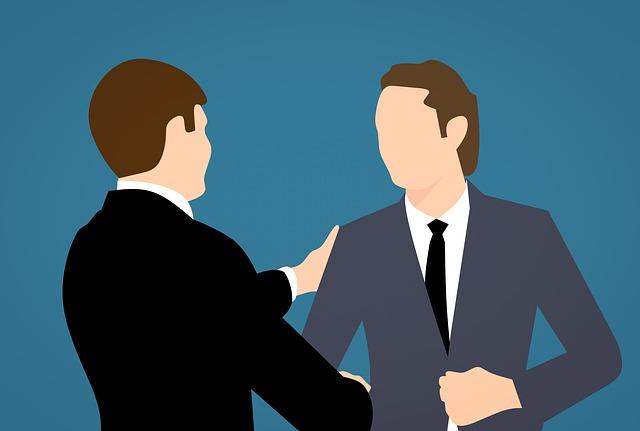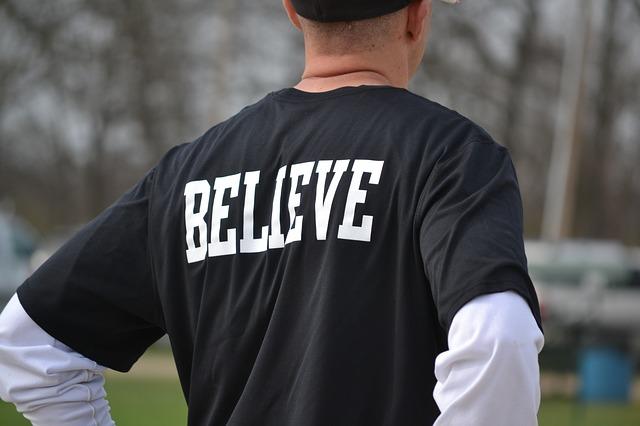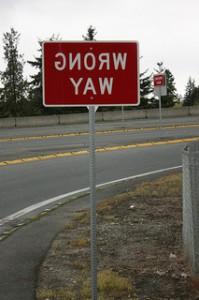How to Use LinkedIn to Give Donors a Reason to Connect with You
Are you Linking In?
If not, it’s time to take a new look at this social platform to appreciate it for the beneficial research and relationship-building strategy it can be for you.
I find it to be a highly under-utilized tool when it comes to building your nonprofit brand, establishing authority and credibility, researching and recruiting new volunteers, donors and employees, and building stronger relationships with your current constituents.
Today we’re going to talk about how to use LinkedIn to uncover new donor prospects and build donor relationships.
Not too much. Just four no-nonsense strategies. We’ll look at two more in my next article.
Details



